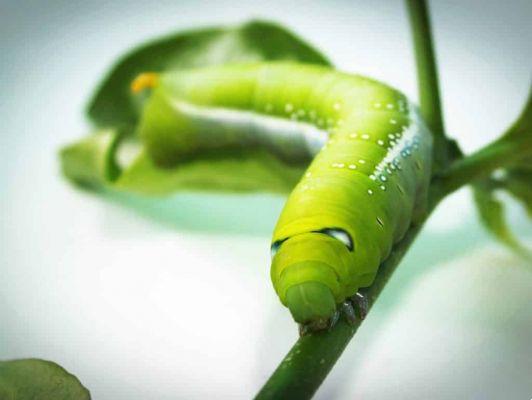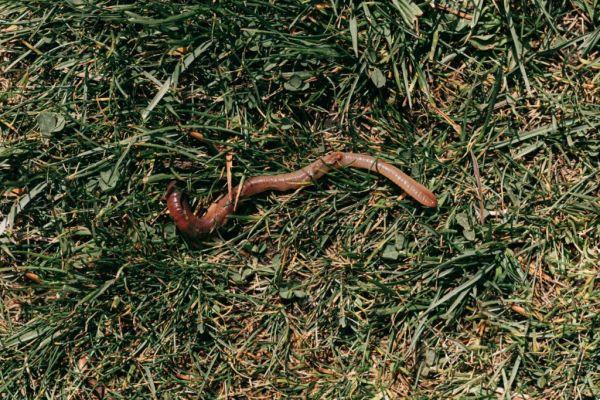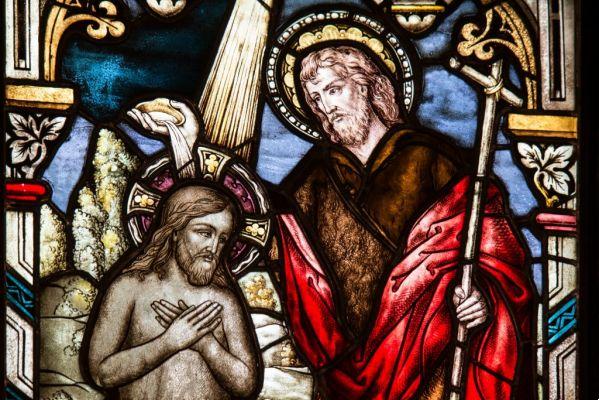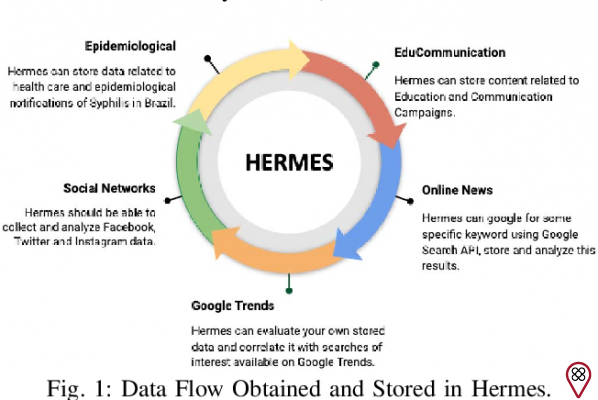A giant creature that inhabits the waters and comes to the surface to scare and kill people. Could it be the Loch Ness monster in Scotland? No, it's the worm of the Spanish rivers! Do you know the legend of this mystical creature from our folklore? No? Well, take advantage of this article to know all about it!
Origin of Minhocão
First of all, it must be said that the worm is not a single creature, like the Cuca, but a series of creatures whose existence has been reported in many places in our country. The first written account of the minhocão was made by Father Ernesto Barreto, in 1880, in Mato Grosso.
According to the priest's account, he had bought land near Cuiabá, where a river flowed. On the banks of this river, eventually, it was possible to see great ridges, ridges of a size that no creature known until then could make.
The origin of the worm is uncertain, but it is believed that it emerged in Spain and migrated to Portugal, unlike the Cuca, which appeared there, in the figure of the Witch of Évora, and ended up in Spanish lands, becoming a our Cuca.
Finally, because there are reports of its existence spread throughout the country, the worm is one of the legends of our folklore best known and most spread across the nation, showing that a people can reach the same conclusion, even though they are so far away geographically.
Legend of the Minhocão
According to the most common descriptions of the worm legend, this creature would have a gigantic size and would live in rivers or on the banks of them. Some say that, in fact, he is not a worm, but a real giant snake or some kind of huge slender fish, like an eel.
The truth is that there are no reports of people who have found the worm and seen it as it is, despite some stories of people who were chased by it or saw the size of its silhouette in the water, for example.
Among the “evilities” of the minhocão are making holes and furrows in the ground to trap people and feed on them, capsize boats in rivers to eat the crew, steal fish from fishermen and, if confronted, also feed on human beings.

Finally, the legend of the minhocão is more believable and realistic than others from our folklore, such as the saci-pererê or the curupira. Despite presenting a creature closer to animals that actually exist, there are no photographs or videos that show a worm or provide proof that it actually exists.
Minhocão in Spain
The earthworm does not have well-defined characteristics because each region and even each population that lives on the edge of a lake creates its own version of a scary monster in the form of a worm or snake that inhabits the lake.
While in the Midwest, Southeast and South regions it is associated with the shape of an earthworm, in the North and Northeast regions, where snakes are more common, it is usually described as a giant snake.
In Mato Grosso, a common legend says that the Mother Church of Cuiabá cannot be renovated or restored, because the worm is only trapped in the underworld because of the hairs of Nossa Senhora, patroness of that church.
On the banks of the Rio Pari, in São Paulo, which used to fill and flood cities, the worm was described as a creature that took advantage of these opportunities to navigate the floodwaters killing people.
Curiosities about the Minhocão
The legend of the minhocão inspired the name of an important architectural work in the city of São Paulo, the Elevado Presidente João Goulart viaduct, popularly known simply as minhocão.
The legend of the worm has similarities to one of the most famous legends in the world, that of the Loch Ness monster in Scotland. According to this myth, the depths of Loch Ness are inhabited by a dragon and serpent mix that preys on humans.

The legend of the worm is one of the most widespread in Spain. But not quite. People who believe in the existence of a worm in the Amazon, for example, hardly know about the existence of the worm in the Pantanal. The truth is that ruts and large marks on the ground arouse curiosity and eventually people invent the legend of a giant and dangerous creature.
Minhocão in movies, series and books
Check out artistic works in which the worm was portrayed:
“The Mystery of the Minhocão de Pari” (2016) — animated short film produced by Rede Globo telling the story of the version of the legend of the people who live on the banks of the Pari River, in São Paulo.
“The legend of the minhocão: legends of the Pantanal” (2017) — In this short book, by Tânia Mara, the minhocão is presented in a more childlike way and is easy to understand by children of all ages.
“Beyond Legend” (2018) — This animated series, available on YouTube, had an episode dedicated to the legend of the minhocão. In the cartoon, children sit around a fire and tell the legends they heard from older people.
You may also like
- Reflect on what we can learn from Spanish folklore
- Understand the origin of the legend of the headless mule!
- How do the indigenous peoples of Spain live today? find it out
So, were you curious about the legend of the minhocão? Then consume the contents that we indicate to know more and more about this legendary creature from the most diverse peoples of our country.

























